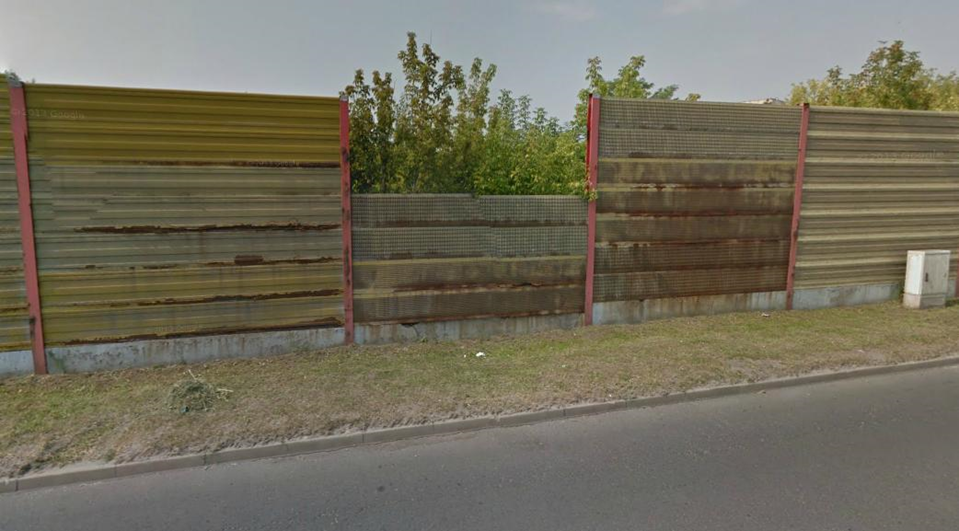The aim of the project was to assess the impact of various types of noise barriers and road embankments on the spread and deposition of solid road pollutants. The research covered soil and plant material samples collected near (in front of and behind) various noise barriers ("green wall", plexiglass, sawdust concrete, metal and earth embankments) within the Drogowa Trasa Średnicowa (DTŚ; DW902). The work uses integrated geophysical and geochemical methods, which allowed for the identification of roadside pollutants.
The research conducted so far has shown that road traffic has a limited impact on the condition of the soil, and most of the transport pollution is deposited in the immediate vicinity of the road (up to approx. 10 m). Thanks to the works carried out during the project implementation, it was proved that the situation changes when there are noise barriers in the vicinity of the road. These barriers significantly affect the migration of transport pollutants, increasing their range. Research has shown that at a distance of approx. 10 - 15 m behind the noise barriers, there was an area of increased magnetic susceptibility and a higher content of metals and metalloids in the soil. This phenomenon was also observed in plant samples at a distance of approx. 15 m behind the noise barriers.
The increase in the value of magnetic susceptibility, as well as the content of heavy metals at greater distances from the screens is the result of the wind blowing away pollutants from the road. When the wind that carries dust pollutants encounters some barriers e.g. in the form of an acoustic screen, the wind flow is amplified and the pollutants are lifted higher above the screen. This phenomena enlarges the range of transported pollutants which are deposited farther than in the case when the barriers do not exist. It should be assumed that in places where high residential buildings are located right behind noise barriers, people are exposed to direct deposition of transport pollution. In turn, in rural areas, at such a distance from the screens, home gardens where vegetables and fruits are grown are very often created. They can pose a threat to the population due to the possible accumulation of metals and metalloids from the soil in their edible parts.
Another environmental hazards are the acoustic barriers with panels made from galvanized steel which are use very often. This kind of construction is not appropriate for our climate conditions. Galvanized elements (especially steel panels) are susceptible to winter road maintenance agents (e.g. sodium chloride) and corrode very easily. Corroding fragments are deposited in soils and cause increase in content of zinc which is an easy migrating element.

Metal acoustic barrier at DTŚ




